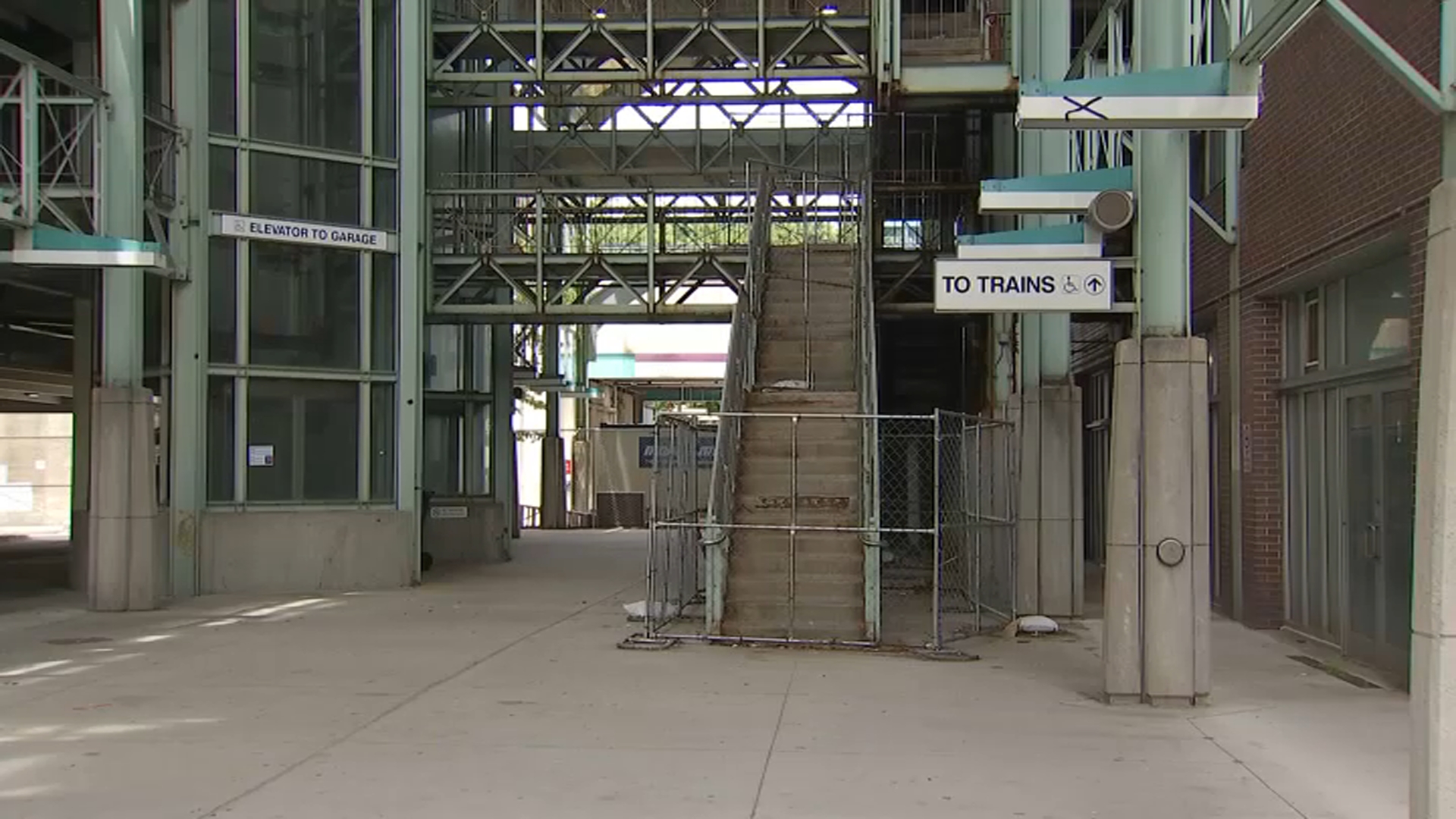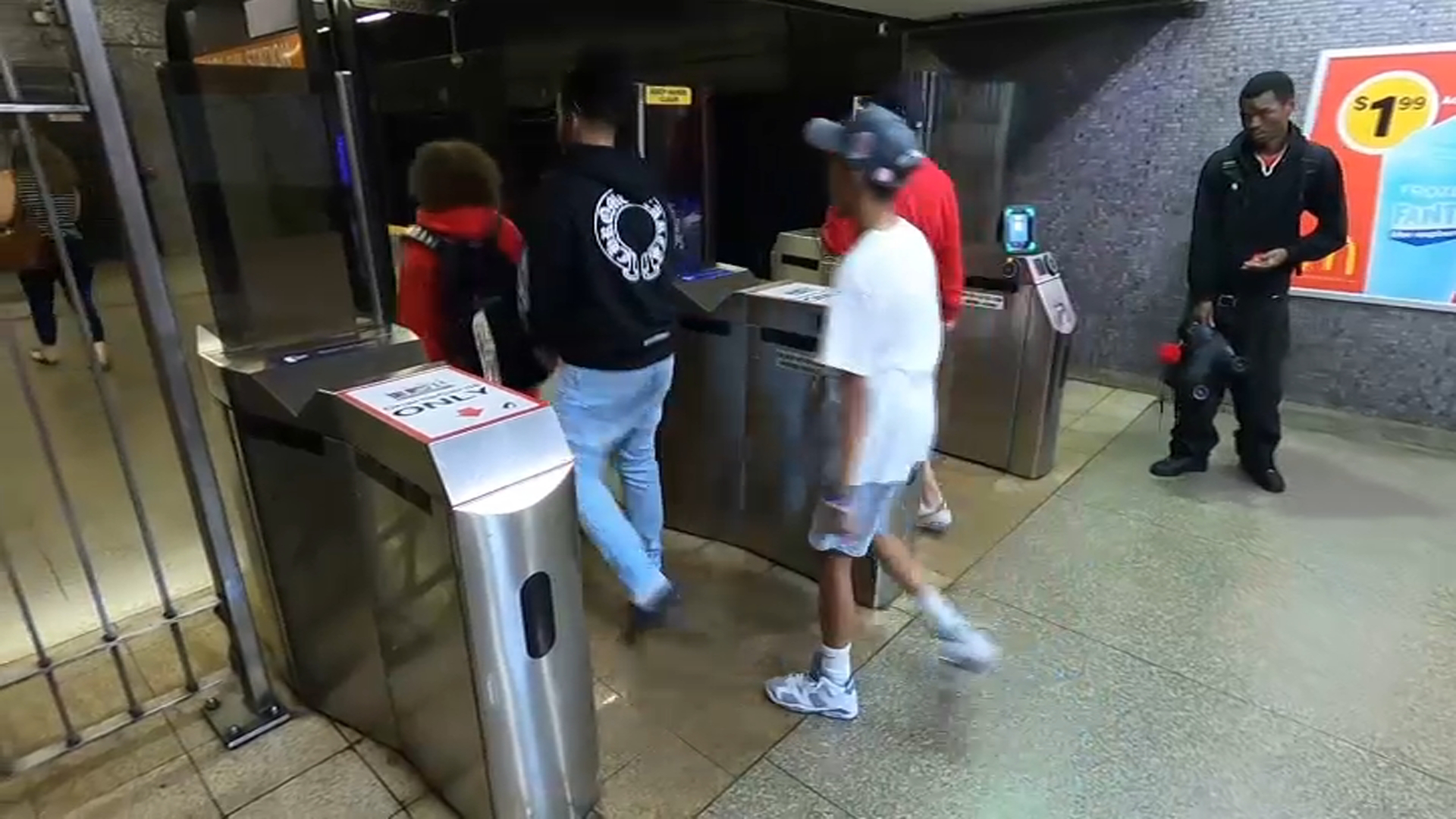
Top MBTA officials told lawmakers this week they are optimistic about their progress addressing woes across the system, but when it came to some of the biggest questions facing the agency, they had little to share.
The T's general manager, his chief of staff and the Healey administration's transportation secretary offered indirect answers or effectively declined to comment Monday when asked why slow zones suddenly exploded across the system in the spring, how much money it will cost to address all maintenance and modernization needs, and whether the Department of Public Utilities should retain its oversight role.
Instead, during an appearance before the Transportation Committee, the trio leaned on what have now become routine talking points about how committed they are to restoring public confidence in the agency and addressing safety failures flagged by a Federal Transit Administration investigation.
What led to the MBTA's slow zones, and when will they end?
Get New England news, weather forecasts and entertainment stories to your inbox. Sign up for NECN newsletters.
Subways still cannot safely operate at typical maximum speeds on stretches of all four lines more than three months after the T, led on an interim basis at the time by Deputy General Manager Jeff Gonneville, suddenly ordered slower travel across the system.
At the time, officials said a site visit by the Department of Public Utilities revealed missing or incomplete inspection paperwork. After another round of systemwide inspections, the explanation shifted to blaming track defects that make full-speed operations unsafe.
MBTA leaders have not said since then why trains were apparently traveling at full speeds before the redoubled inspection effort or how previous oversight failed to detect so many problems, and lawmakers -- who described Monday's affair as an oversight hearing -- could not unjam any detailed answers.
"These speed restrictions pretty much came out of nowhere," asked Quincy Democrat Sen. John Keenan, pressing officials on whether they changed their standards for assessing track safety or if previous inspections failed. "What is it that we had been doing that allowed these rails to get into the shape they were that then prompted these restrictions?"
Eng, who started as general manager about a month after the sudden slow zone rollout, did not shed much light on the problem's origins.
"I don't want to speculate on what may or may not have happened," he answered. "I do know that in my course of visits in the evenings going out to look at some of these sites, there are obviously areas that have gone [through] years of disinvestment that you can see with regard to the ties and the rails and things of that nature that need work. The parameters on what speed restrictions go in place have not changed, but what we are doing is we're providing more oversight, we're providing more attention to the need. Again, we're going to make sure that when we go in to do the work, we're actually lifting the speed restrictions and the issues that have caused it by addressing those while we're there."
Eng told lawmakers the MBTA has lifted dozens of individual slow zones in recent weeks, including some that had the greatest impact on riders because they required dramatic speed reductions.
Over the past month, travel times have improved significantly on the Red Line and Blue Line and somewhat on the Orange Line, according to slow zone data tracked by advocacy group TransitMatters.
Still, MBTA officials have not made much progress on decreasing the total share of tracks subject to some kind of restriction. About 22.5% of the subway system had slow zones in place as of Tuesday, up from a low of 20.3% on June 13, according to MBTA data.
Gov. Maura Healey's hand-picked officials also did not take a stance Monday on whether the Department of Public Utilities should continue to serve as the state agency tasked with MBTA oversight, a policy question facing lawmakers in the wake of serious safety incidents on the T.
FTA investigators said last year the Department of Public Utilities was failing in that role, and some reform advocates and policymakers including Transportation Committee Co-chair Rep. William Straus have called for exploring a shift to reassign those duties elsewhere.
Asked if the administration believes the Department of Public Utilities -- which has expanded its transportation-related staff since the FTA's report -- should remain the designated MBTA state safety oversight agency, Transportation Secretary Gina Fiandaca did not answer directly.
"I can say that we are keenly focused on safety at the MBTA. The current structure we have calls for DPU oversight, so we are working closely with them," Fiandaca said. "That is the structure that we have. But we are reviewing whatever is the optimal model that provides that assurance to our community that we serve that we have proper safety oversight."
How much will all of these T repairs cost?
The last time MBTA officials produced an estimate of the price tag to replace all outdated equipment and infrastructure was in 2019, when "slow zone" was an unfamiliar phrase and the Federal Transit Administration had not yet intervened to probe unsafe conditions.
More than four years after they rolled out that $10.1 billion estimate, agency leaders do not have an updated figure accounting for any recent developments or methodology changes, but they hope to have a new estimate complete by the end of the year.
Eng said he anticipates a "tremendous amount of work that we need to do" to achieve a state of good repair, and a more specific assessment is "still being developed."
Straus asked if the new estimate would be available "this calendar year." Eng replied, "Yes, that is our goal."
"I do know that we have a tremendous amount of work that we need to do, but in order to get to a state of good repair, one of the things that I need to focus on is the immediate needs right now, where we are suffering the worst challenges with the speed restrictions, getting those low-hanging fruit, if you can call it that, the areas that are most problematic," Eng said. "Then, that gives me the ability to now start looking at how we can program and estimate what it will cost to bring it up to that state of good repair."
The general manager suggested focusing in the short term on tackling slow zones will pay dividends for longer-term capital projects.
"When you have reliability across the different lines and the different systems, that gives you flexibility to better plan those capital projects that are longer, that are improving operational flexibility, improving and growing the system," he said.
MBTA overseers are still working on the next five-year capital investment plan targeting more than $9 billion in investments. They're also grappling with a dire financial outlook on the operating side, with shortfalls of hundreds of millions of dollars forecast once the agency depletes the last batch of one-time federal pandemic aid.
Straus asked Eng and Fiandaca if the MBTA is "getting the money you need."
"For the immediate needs, what we're doing right now, we have the funds to keep progressing," Eng replied. "Longer-term, we will need funds. We need, definitely, steady revenue funds. Obviously, the revenue from ridership, even in the best of times, does not cover our operating costs, so definitely, additional funds are needed. But one of the things, as I think I've mentioned in the past, is: how do we demonstrate that when we get the money, we spend it wisely and that we're a good investment?"
So far, the T has spent about $110 million of $378 million in direct legislative appropriations designed to help the agency respond to safety issues flagged by the FTA, Eng said. The MBTA can also access $400 million in untapped bond capacity that lawmakers and former Gov. Charlie Baker authorized last session for safety improvements.
When will all the new Red Line cars be delivered?
Eng told lawmakers he still does not have an updated schedule for completed delivery of all the new Red Line cars the MBTA contracted from Chinese firm CRRC.
The project to replace the entire Red and Orange Line fleets has run into repeated delays amid pandemic and supply chain impacts and reported issues with CRRC's assembly facility in Springfield. Most recently, officials said the final new Orange Line cars would be delivered by December 2023 and the final Red Line cars would be delivered by September 2026, while cautioning the Red Line schedule in particular might be pushed back even further.
Eng told lawmakers CRRC is now producing four Red Line cars per month, describing that as an improvement over the company's pace in January. Gonneville previously said the contract requires delivery of eight cars per month.
"Production has improved. It's not where it needs to be. I don't have a schedule for you yet, but production has improved," Eng said, later adding, "Obviously, we're not satisfied yet with the production."
Keenan, who described himself as a Red Line rider, replied that maintaining a pace of four cars per month would take roughly five years to complete full delivery of the contract.




